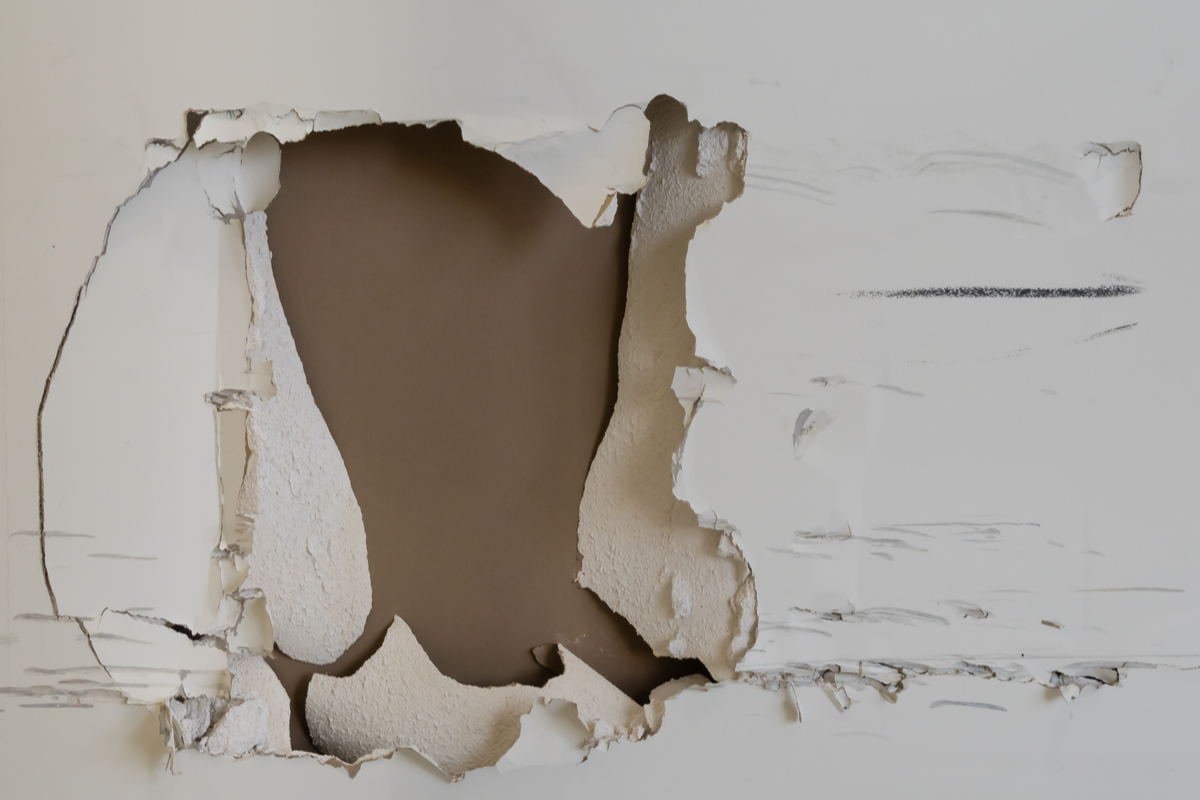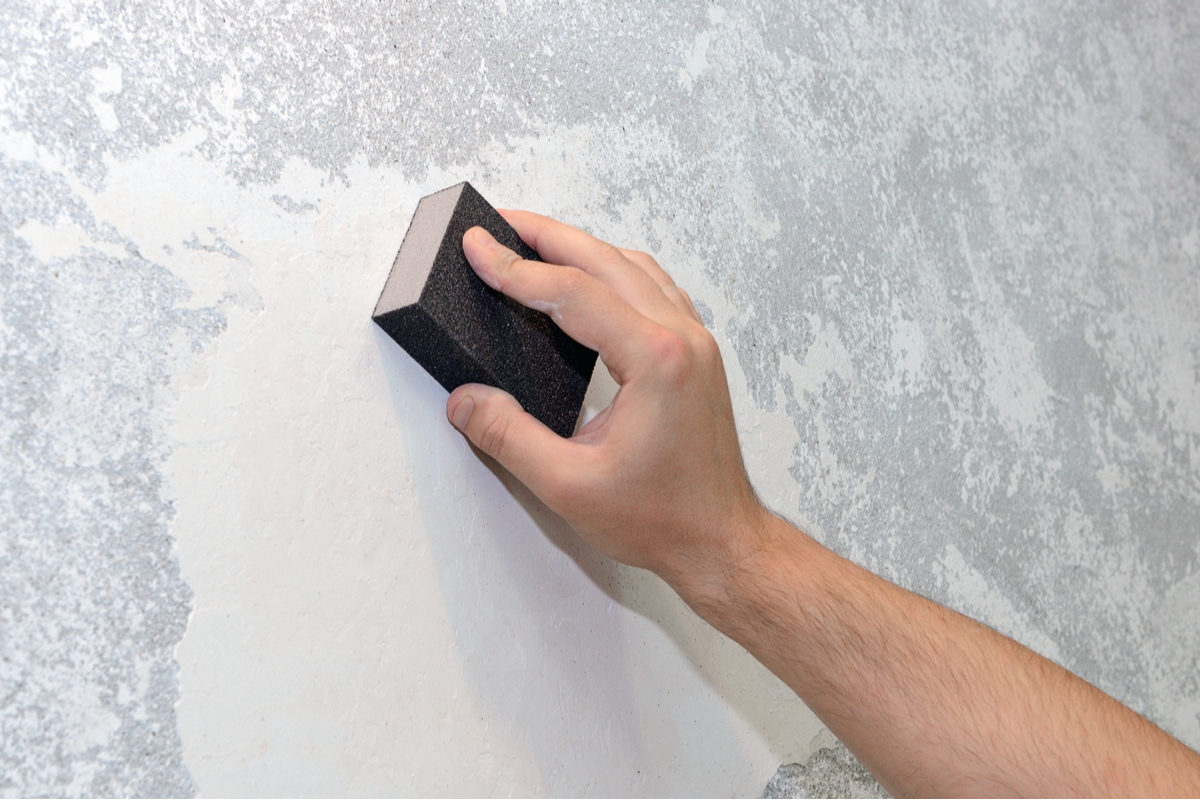For a home to look as clean, polished, and modern as possible, make sure the condition of your walls is in tip-top shape. If your drywall starts to show some imperfections, be it small nicks or gaping holes, address the issue and bring the room back to its former glory. As long as the structural integrity of the drywall panel isn’t compromised, you can repair minor damage quickly and without spending a fortune.

Repairable damage
Repairing drywall may seem like a hefty or overwhelming task, but fixing cosmetic damage is actually a pretty simple process. In many cases where the damage isn’t too expensive, all you need is some DIY knowledge to patch up these blemishes.
Minor dents, dings, and scratches
Since drywall isn’t the toughest construction material on the market, it’s susceptible to the nicks and scratches that come along with everyday life. You can repair nail holes, dents from doorknobs, and even scratches from the furniture with just putty and a few sheets of sandpaper.
Small or medium-sized holes
Even if the doorknob goes straight through the drywall or a rogue piece of furniture crashes through the wall during a move, you still may not need to replace the whole panel. Drywall repair kits are readily available, so you can patch up smaller holes and give your wall a much-needed facelift. Even in the case of medium-sized or large holes, you may still be able to cut out the damaged portion and insert a new piece of drywall without removing the whole panel.
Localized water damage, caught early
When pipes leak, it can cause some serious damage to your drywall. However, if the water damage is fairly localized on one panel, the fix might be simple. You may be able to pull the panel off to dry it out before replacing it or simply cut out and repair the exposed portion as you would a hole of the same size. Of course, repairing is only an option as long as the water damage is caught early and no mold or bulging is present on the drywall.

Damage that requires replacing drywall
Unfortunately, there are some instances that will require a full replacement. If the drywall panel is unstable or unsafe to keep, a repair or patch alone won’t solve the problem. If you’re seeing any of the below situations, replace your drywall completely to avoid costly renovations in the future.
Cracks
Large cracks in your drywall, particularly around doors and windows, are an indicator that the panel is not properly placed. Improper placement leads to increased pressure on specific points on the wall, causing the drywall to crack and buckle over time. In this circumstance, you’ll have to pull out the whole panel and replace it (properly) with a new one.
Large or numerous holes
Gaping holes or a group of smaller holes can create structural damage, weakening the whole section of drywall. Simply repairing these holes won’t do, as the wall will eventually begin to buckle and crack. Typically, any hole larger than six inches in diameter is not a good candidate for a patch.
Extensive water damage
If water is present on a large portion of the panel, drying or repairing the panel is not an option, especially if the water damage wasn’t caught right away. Moisture softens and weakens drywall after only a couple of days of exposure, compromising the structural integrity of the wall. If you’re seeing discoloration, bubbling, or softer-looking areas, these are good indicators that extensive water damage is present.
Mold growth
When moisture is left on drywall for an extensive period of time, there’s a good chance it will lead to mold. Mold growth on drywall is a bit of a death sentence, and if it’s present on your walls, you need to pull out the drywall, clean up the source of the mold, and put up new drywall panels.
Drywall isn’t necessarily known for its strength and sturdiness, so cracks, holes, and dents are quite commonplace. Luckily, drywall is also inexpensive and easy to repair, so before you set up a full demolition, consider repairing the damage yourself. If the problems are minor enough, a quick repair kit or even a drywall spackle can mend your deformed wall.



